Greenhouse Gases CHAPTER 4 Why some gases are greenhouse gases, but most aren't, and some are stronger than others About Gases The layer model is what is called an idealization of the real world It has the essential ingredient of the greenhouse effect, but it is missing numerous things that are important in the real atmosphere By measuring the abundance of heattrapping gases in ice cores, the atmosphere, and other climate drivers along with models, the IPCC calculated the "radiative forcing" (RF) of each climate driver—in other words, the net increase (or decrease) in the amount of energy reaching Earth's surface attributable to that climate driver Greenhouse gases are transparent to incoming (shortwave) radiation from the sun but block infrared (longwave) radiation from leaving the earth's atmosphere This greenhouse effect traps radiation from the sun and warms the planet's surface As concentrations of these gases increase, more warming occurs than would happen naturally
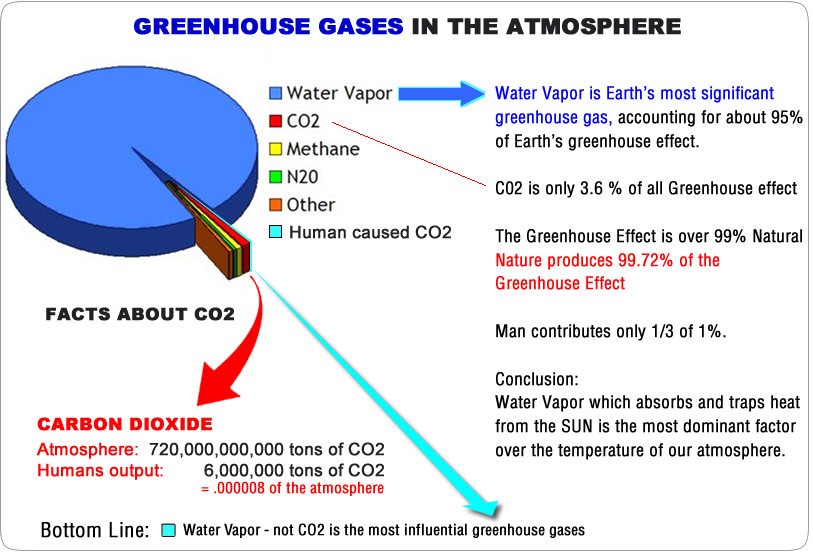
Cyrus S Twitterren Despite The Fact That Water Vapor Is The Most Abundant Greenhouse Gas In The Atmosphere With The Most Complex Effect Its Role In Regulating The Temperature Has Barely Studied
Abundance of greenhouse gases in the atmosphere
Abundance of greenhouse gases in the atmosphere- Yes, by increasing the abundance of greenhouse gases in the atmosphere, human activities are amplifying Earth's natural greenhouse effect Virtually all climate scientists agree that this increase in heattrapping gases is the main reason for the 18°F (10°C) rise in global average temperature since the late nineteenth centurySome greenhouse gases occur naturally and enter the atmosphere as a result of both natural processes (such as decomposition of organic matter) and human activity (such as burning fossil fuels and agriculture) Greenhouse gases that occur both naturally and from human activities include water vapor, carbon dioxide (CO 2),



Greenhouse Gas Global Greenhouse Warming
Greenhouse gases keep our planet livable by holding onto some of Earth's heat energy so that it doesn't all escape into space This heat trapping is known as the greenhouse effect Just as too little greenhouse gas makes Earth too cold, too much greenhouse gas makes Earth too warm Over the last century, humans have burned coal, oil, and For example, water vapor is the most abundant greenhouse gas, but carbon dioxide has a more significant impact on global warming due to its abundance in the atmosphere plus its relatively longTrees are natural consumers of carbon dioxide – one of the greenhouse gases whose buildup in the atmosphere contributes to global warming Destruction of trees not only removes these "carbon sinks," but tree burning and decomposition pump into the atmosphere even more carbon dioxide, along with methane, another major greenhouse gas
Greenhouse gases absorb reflected solar energy, making the Earth's atmosphere warmer A lot of the sun's energy reaches the ground directly, and a portion is reflected by the ground back intoCarbon dioxide gas to the atmosphere Greenhouse gases and aerosols affect climate by altering incoming solar radiation and out going infrared (thermal) radiation that are part of Earth's energy balance Changing the atmospheric abundance or properties of these gases and particles can lead to a warming or cooling of the climate systemMain Greenhouse Gases Multiple gases contribute to the greenhouse effect that sets Earth's temperature over geologic time Small changes in the atmospheric concentration of these gases can lead to changes in temperature that make the difference between ice ages when mastodons roamed the Earth, and the sweltering heat in which the dinosaurs lived
The table summarizes annual increases in atmospheric N 2 O based on globally averaged marine surface data PDF Version The annual increase in atmospheric N 2 O in a given year is the increase in its abundance (mole fraction) from January 1 in that year to January 1 of the next year, after the seasonal cycle has been removed (as shown by the black lines in the figureComparing greenhouse gases All greenhouse gases absorb energy, but different gases have different effects on warming Carbon dioxide, methane and nitrous oxide remain in the atmosphere for long enough to allow them to mix together As a result, the gas concentrations are about the same around the globe, regardless of the source or location of the emissions The relative importance of a greenhouse gas depends on its abundance in Earth's atmosphere and how much the gas can absorb specific wavelengths of energy An effective absorber of infrared radiation has a broader absorption profile, which means that it can absorb a wider spectrum of wavelengths
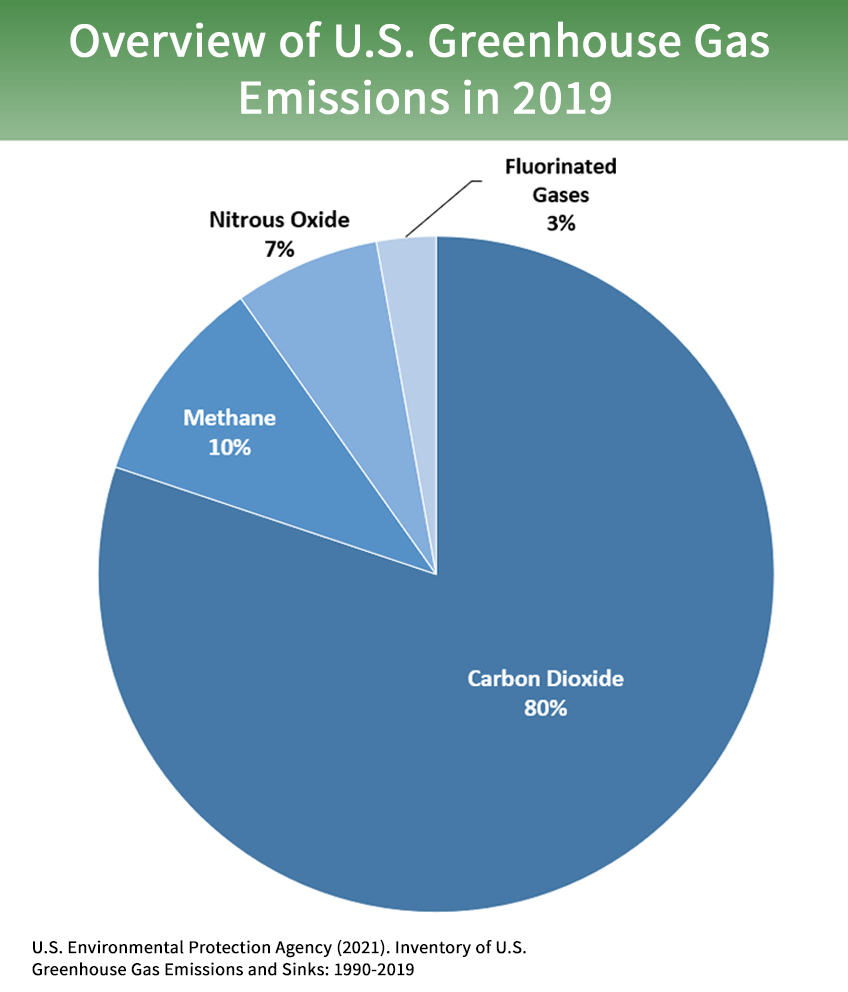



Overview Of Greenhouse Gases Us Epa




Cyrus S Twitterren Despite The Fact That Water Vapor Is The Most Abundant Greenhouse Gas In The Atmosphere With The Most Complex Effect Its Role In Regulating The Temperature Has Barely Studied
Noun phenomenon where gases allow sunlight to enter Earth's atmosphere but make it difficult for heat to escape greenhouse gas Noun gas in the atmosphere, such as carbon dioxide, methane, water vapor, and ozone, that absorbs solar heat reflected by the surface of the Earth, warming the atmosphereGreenhouse Gases The atmospheric concentrations of the major longlived greenhouse gases (carbon dioxide (CO2), methane (CH4), nitrous oxide (N2O), chlorofluorocarbons (CFCs), and carbon tetrachloride (CCI4) continue to increase because of human activities While the growth rates of most of these gases haveGreenhouse gases are gases in the earth's atmosphere that trap heat During the day, the sun shines through the atmosphere, warming the earth's surface At night, earth's surface cools, releasing heat back into the air But some of the heat is trapped by the greenhouse gases in the atmosphere That's what keeps the earth's temperature at
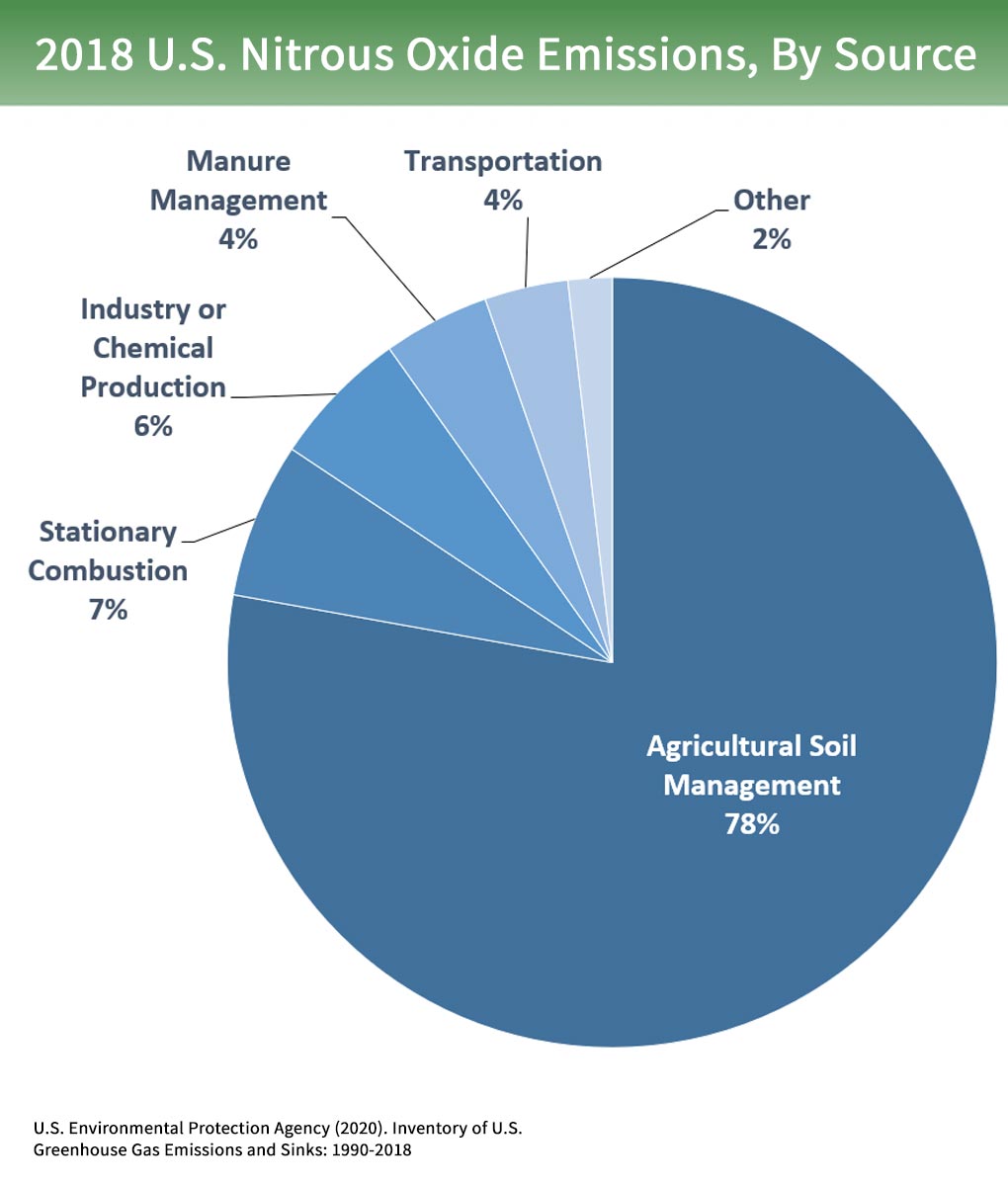



Overview Of Greenhouse Gases Greenhouse Gas Ghg Emissions Us Epa




The Principal Greenhouse Gases And Their Sources Neef
In fact, because of its abundance in the atmosphere, water vapor causes about twothirds of greenhouse warming, a key factor in keeping temperatures in the habitable range on Earth But as temperatures warm, more water vapor evaporates from the surface into the atmosphere, where it can cause temperatures to climb further This imbalance between greenhouse gas emissions and the ability for natural processes to absorb those emissions has resulted in a continued increase in atmospheric concentrations of greenhouse gases Concentrations of CO2 in the atmosphere have increased by about 40% since the mid1800sGreenhouse gases (NO x, CO and VOC) together with changes in CH 4 are expected to change the global mean abundance of tropospheric OH by − to 6% over the next century Comparable, but opposite sign, changes occur in the atmospheric lifetimes of the greenhouse gases, CH 4 and HFCs This impact depends in large




Carbon Dioxide In The Atmosphere Is At A Record High Here S What You Need To Know




Noaa Index Tracks How Greenhouse Gas Pollution Amplified Global Warming In Welcome To Noaa Research
Concentration, or abundance, is the amount of a particular gas in the air Larger emissions of greenhouse gases lead to higher concentrations in the atmosphere Greenhouse gas concentrations are measured in parts per million, parts per billion, and even parts per trillion One part per million is equivalent to one drop of water diluted intoHow the greenhouse effect works It's thought that the buildup of greenhouse gases impacts on global temperature in two ways The gases allow more of the sun's rays to enter the atmosphereGreenhouse gases come from all sorts of everyday activities, such as using electricity, heating our homes, and driving around town The graph to the right shows which activities produce the most greenhouse gases in the United States These greenhouse gases don't just stay in one place after they're added to the atmosphere




Greenhouse Effect Accessscience From Mcgraw Hill Education



Greenhouse Gases To Carbon Neutrality And Carbon Negativity An Overview Of Popular Emission Terms Cummins Inc
"Dumping greenhouse gases into the atmosphere makes the atmosphere more humid And since water vapor is itself a greenhouse gas, the increase in humidity amplifies the warming from carbon dioxide" Specifically, the team found that if Earth warms 18 degrees Fahrenheit, the associated increase in water vapor will trap an extra 2 Watts ofScientists attribute the global warming trend observed since the mid th century to the human expansion of the "greenhouse effect" 1 — warming that results when the atmosphere traps heat radiating from Earth toward space Certain gases in the atmosphere block heat from escaping Longlived gases that remain semipermanently in the atmosphere and do not respond A brew of trace gases accounts for the other 003 percent, including the greenhouse gases carbon dioxide, methane, nitrous oxide and ozone Yet while these greenhouse gases make up just a tiny percentage of our atmosphere, they play major roles in trapping Earth's radiant heat and keeping it from escaping into space, thereby warming our




Overview Of Greenhouse Gases Us Epa
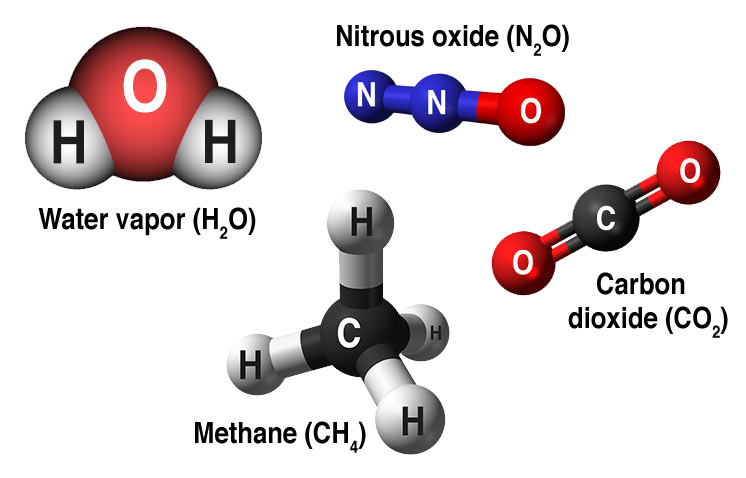



Causes Facts Climate Change Vital Signs Of The Planet
As a greenhouse gas, the higher concentration of water vapor is then able to absorb more thermal IR energy radiated from the Earth, thus further warming the atmosphere The warmer atmosphere can then hold more water vapor and so on andFluorinated Gases (HFCs, PFCs, SF 6) Fluorinated gases are emitted in smaller quantities than the other greenhouse gases, but what they lack in volume they can make up in potency and long lifespans in the atmosphere, ranging from 1270 years for HFCs to ,000 years for PFCs and about 3,0 years for SF6 The major Greenhouse Gas, carbon dioxide, emitted naturally and by the burning of fossil fuels, stays in the atmosphere a long time Its warming effect occurs even when the sky is clear and dry Climate scientists are so concerned about carbon dioxide because the more carbon dioxide in the atmosphere, the hotter the earth will become, changing



Greenhouse Effect Educate Inspire Space Awareness




Which Gases Are Greenhouse Gases American Chemical Society
Atmosphere Greenhouse gases can also reabsorb solar radiation reflected or reemitted from Earth's surface, trapping the heat in our atmosphere instead of letting it escape to space The Greenhouse Effect is a natural process essential for life on Earth, because itHowever, these gases contribute little to the greenhouse effect The greenhouse effect is primarily a function of the atmospheric concentration of water vapor and carbon dioxide (CO2) and other trace gases such as methane (CH4) and nitrousWater Vapor The largest feedback is water vapor Water vapor is a strong greenhouse gas In fact, because of its abundance in the atmosphere, water vapor causes about twothirds of greenhouse warming, a key factor in keeping temperatures in the habitable range on Earth
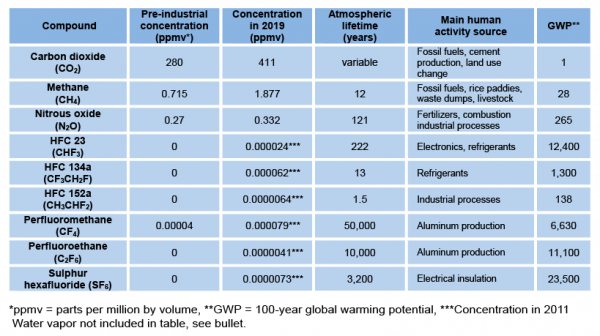



Greenhouse Gases Factsheet Center For Sustainable Systems




English 112 O5p Grattin Cox Charles Kong Tiffany Wang Ppt Download
Greenhouse Effect A layer of gases in Earth's atmosphere naturally creates a greenhouse effect Without these gases in place, light and warmth from the sun would strike Earth, then largely Amplifying the greenhouse effect Like other gases in the atmosphere, including oxygen and nitrogen, greenhouse gases are largely transparent to incoming sunlight But unlike those gases, greenhouse gases are not transparent to outgoing heat (longwave infrared radiation), which radiates from the sunwarmed surface of Earth day and night Methane (CH 4) is a greenhouse gas that is much stronger than carbon dioxide (CO 2 ), 34 times stronger if compared over a 100year period While concentrations of methane in the atmosphere are




The Role Of Animal Agriculture On Greenhouse Gas Emissions




Main Greenhouse Gases Grid Arendal
The Earth's atmosphere is a mixture of gases, mostly consisting of oxygen (21%) and nitrogen (78%);Carbon dioxide is a colorless and nonflammable gas at normal temperature and pressure Although much less abundant than nitrogen and oxygen in Earth's atmosphere, carbon dioxide is an important constituent of our planet's airA molecule of carbon dioxide (CO 2) is made up of one carbon atom and two oxygen atoms Carbon dioxide is an important greenhouse gas that helps The greenhouse effect happens when certain gases, which are known as greenhouse gases, accumulate in Earth's atmosphereGreenhouse gases include carbon dioxide (CO 2), methane (CH 4), nitrous oxide (N 2 O), ozone (O 3), and fluorinated gases Greenhouse gases allow the sun's light to shine onto Earth's surface, and then the gases, such as ozone,




Greenhouse Gas Global Increase In Abundance 1750 19 Statista



Climate Science Investigations South Florida Energy The Driver Of Climate
If the atmosphere works too well as a greenhouse, each day gets a little warmer and a little warmer We may not be able to measure this effect from day to day or even year to year But over tens of years, a few degrees of warming starts causing changes For example, ice melts in the North and South Pole regions




Climate Change Annual Greenhouse Gas Index Noaa Climate Gov




Usgcrp Indicator Details Globalchange Gov
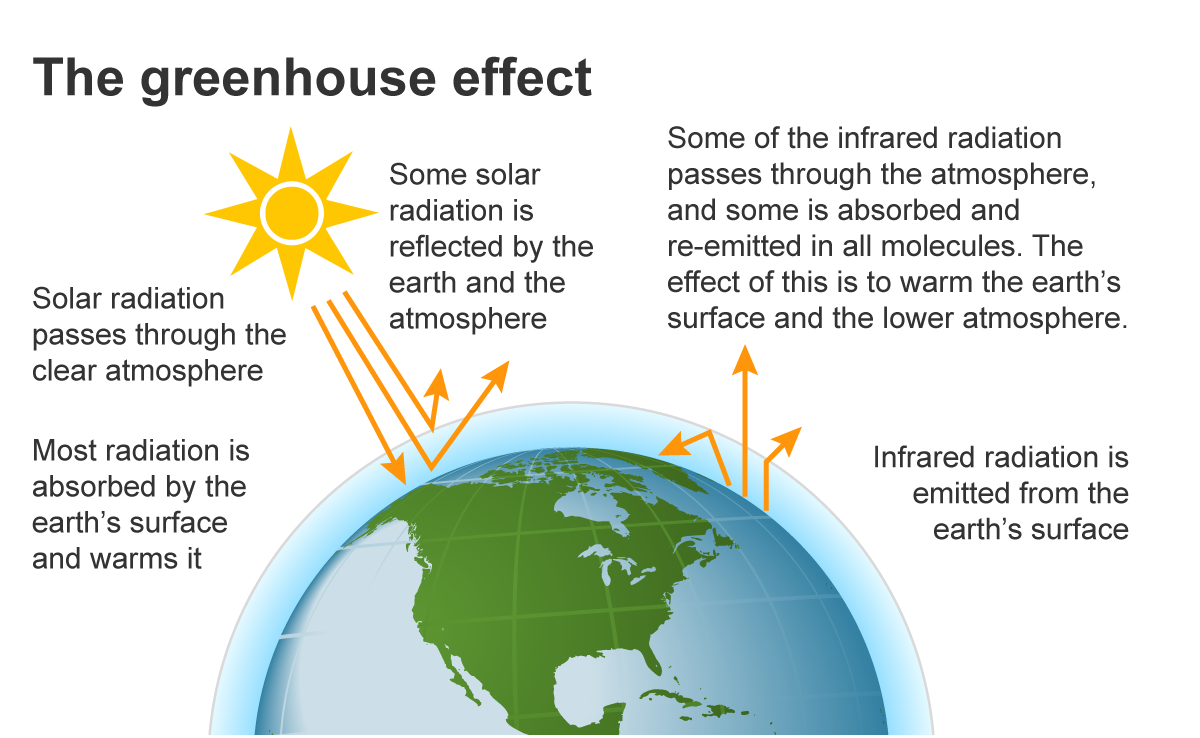



Greenhouse Gases U S Energy Information Administration Eia
/GettyImages-562840261-56e6e8005f9b5854a9f94eab.jpg)



Most Abundant Gas In The Earth S Atmosphere




Atmospheric Methane Wikipedia
/521928855-58b5c1875f9b586046c8ee0e.jpg)



Worst Greenhouse Gases In The Atmosphere
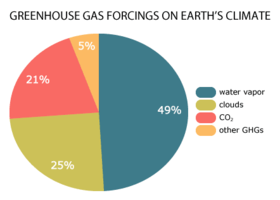



Which Are The Most Common Greenhouse Gases In The Atmosphere Socratic




Global Warming Man Or Myth Greenhouse Gases




Warming Influence Of Greenhouse Gases Continues To Rise Noaa Finds Welcome To Noaa Research




Heat Transfer In The Atmosphere Physical Geography
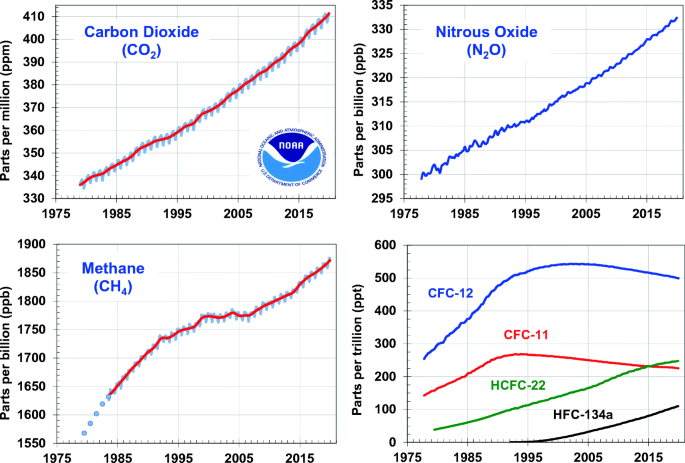



Observations Of Greenhouse Gases As Climate Indicators Springerlink
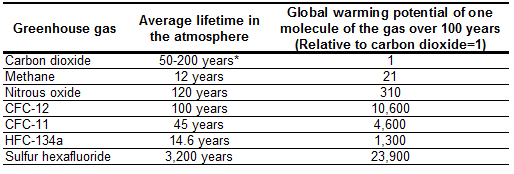



Role Of Ponds In Global Warming Current Affairs




Solved 1 By Volume The Most Abundant Gases In The Earth S Chegg Com




2c Explore The Greenhouse Effect




What Are Greenhouse Gases And Where Do They Come From Kqed



Methane Emissions In The Oil And Gas Industry American Geosciences Institute



Greenhouse Gases




Global Climate Change The Greenhouse Effect Carbon Dioxide Emissions Possible Effects Ppt Download
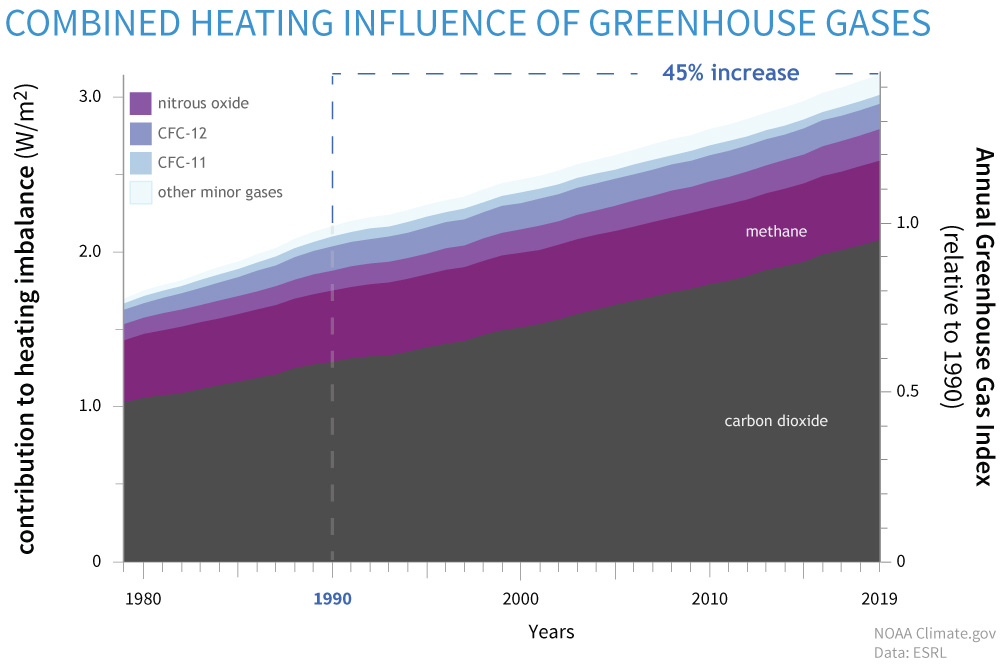



Are Humans Causing Or Contributing To Global Warming Noaa Climate Gov




Carbon Dioxide Levels Continue At Record Levels Despite Covid 19 Lockdown World Meteorological Organization




Tracking Earth S Most Abundant Greenhouse Gas Climate Change Vital Signs Of The Planet
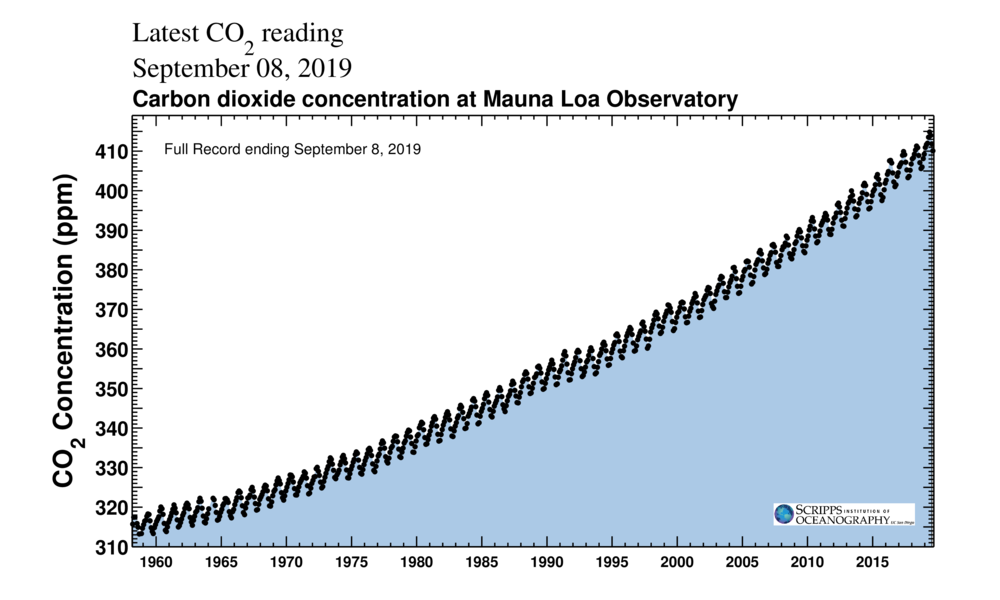



Co2 Makes Up Just 0 04 Of Earth S Atmosphere Here S Why Its Impact Is So Massive



Greenhouse Gas Wikipedia
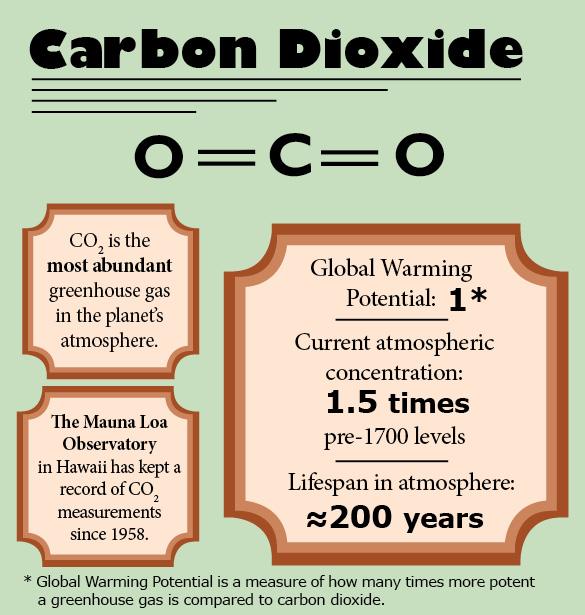



Greenhouse Gases What Every College Student Should Know Dakota Student
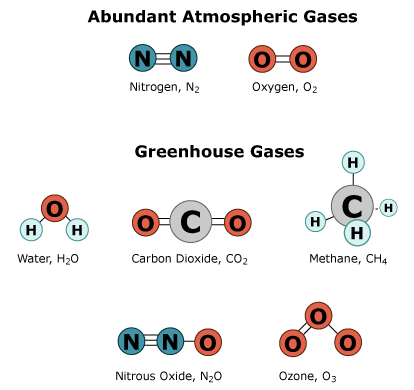



Carbon Connections 1 3 Carbon Forcing



Greenhouse Gas Global Greenhouse Warming
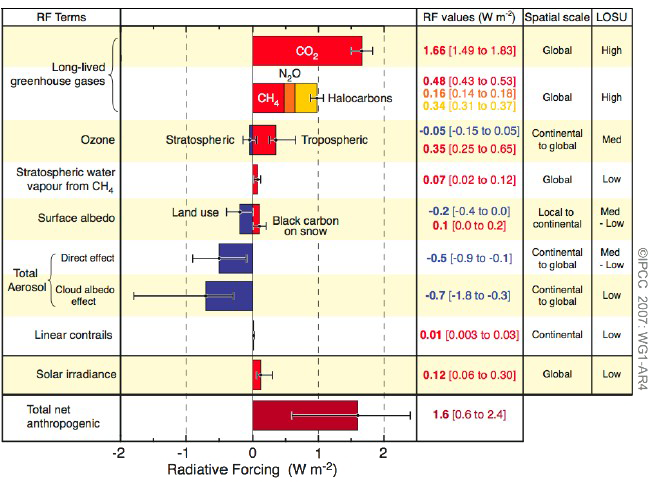



What Gases Are Greenhouse Gases Jean Marc Jancovici




Hydrofluorocarbons Hfcs Climate Clean Air Coalition



Directions Copy Paste Questions And Highlight
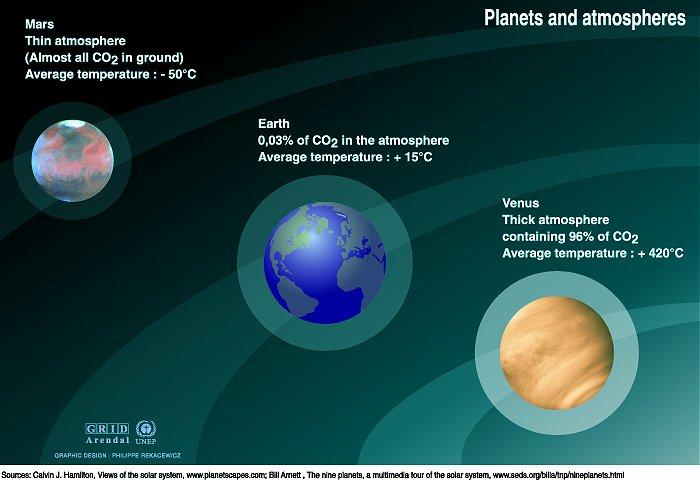



3a Co2 It S A Gas




Global Warming A Closer Look At The Numbers Water Vapor Is The Most Abundant Significant Greenhouse Gas In The Atmosphere American Creed



Climate Science Investigations South Florida Energy The Driver Of Climate




Gas Files Activity



Greenhouse Gases




Abundance And Lifetime Of Ghgs In The Atmosphere Download Table




Heat Trapping Gases Climate Communication




Atmospheric Greenhouse Gases Continue Inexorable Rise 17 Was Sixth Consecutive Year Co2 Rose By 2 Ppm Or More Desdemona Despair



1
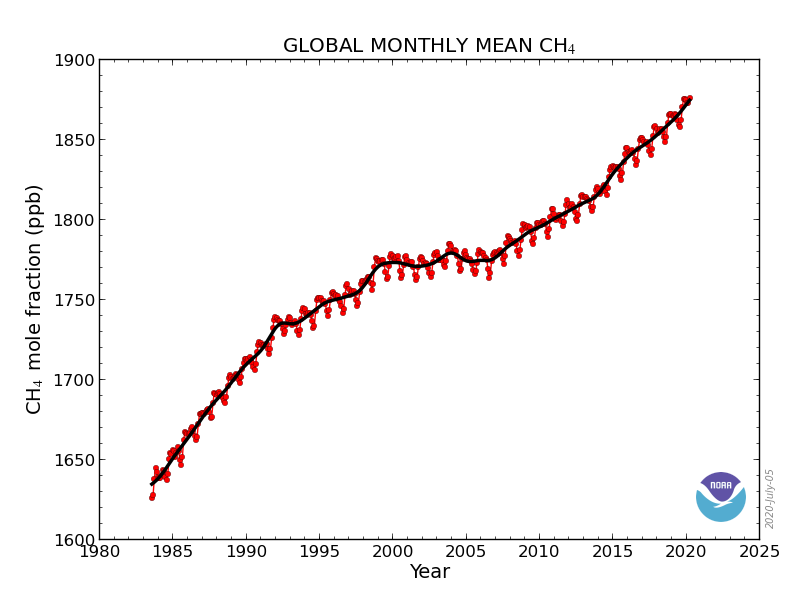



Scientists Concerned By Record High Global Methane Emissions
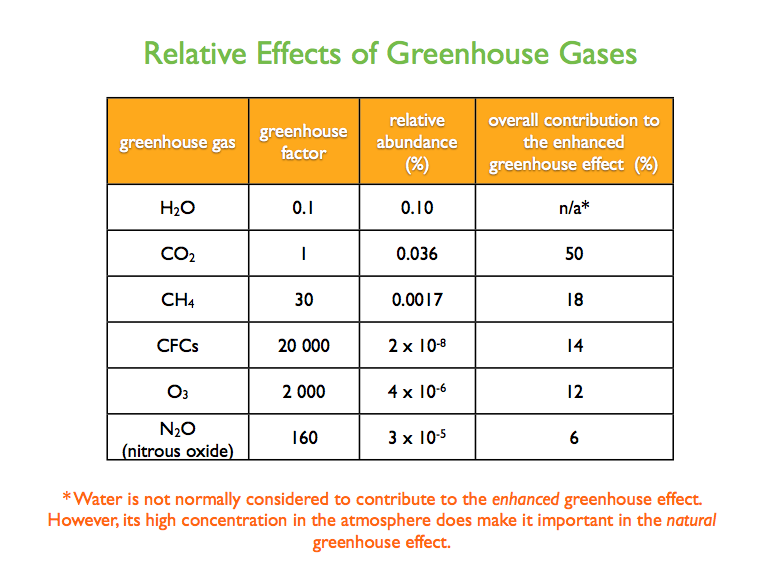



Greenhouse Gas Effects Unmodified Note




Greenhouse Gases Bioninja




Questions And Answers Ozone Secretariat




Annual Ghg Index Aggi




Wmo Greenhouse Gas Bulletin 5 World Meteorological Organization
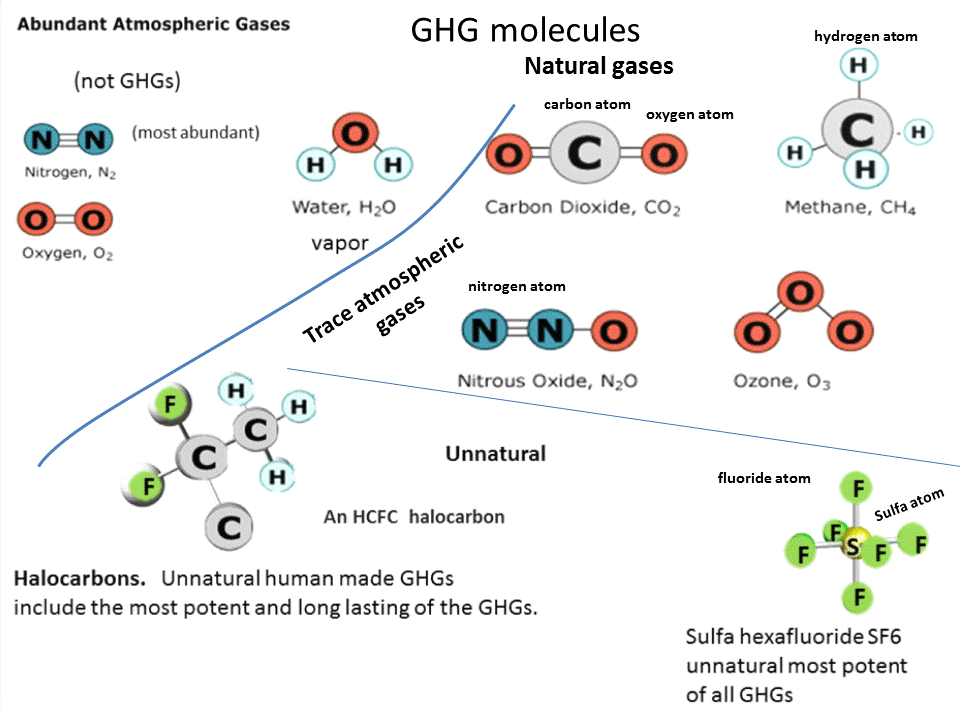



Greenhouse Gases




Usgcrp Indicator Details Globalchange Gov



Greenhouse Gases
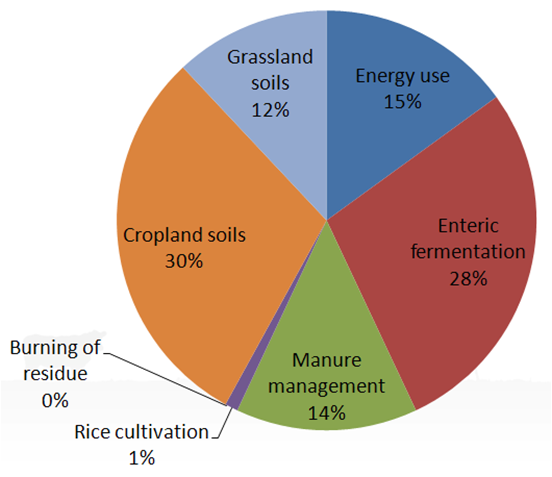



Livestock And The Environment Faqs Unl Beef




Methane And Greenhouse Gases Atmospheric Chemistry And Global Change Research Group




The Greenhouse Effect On Earth S Atmosphere Is Slightly



Greenhouse Gases Climate Aware



3
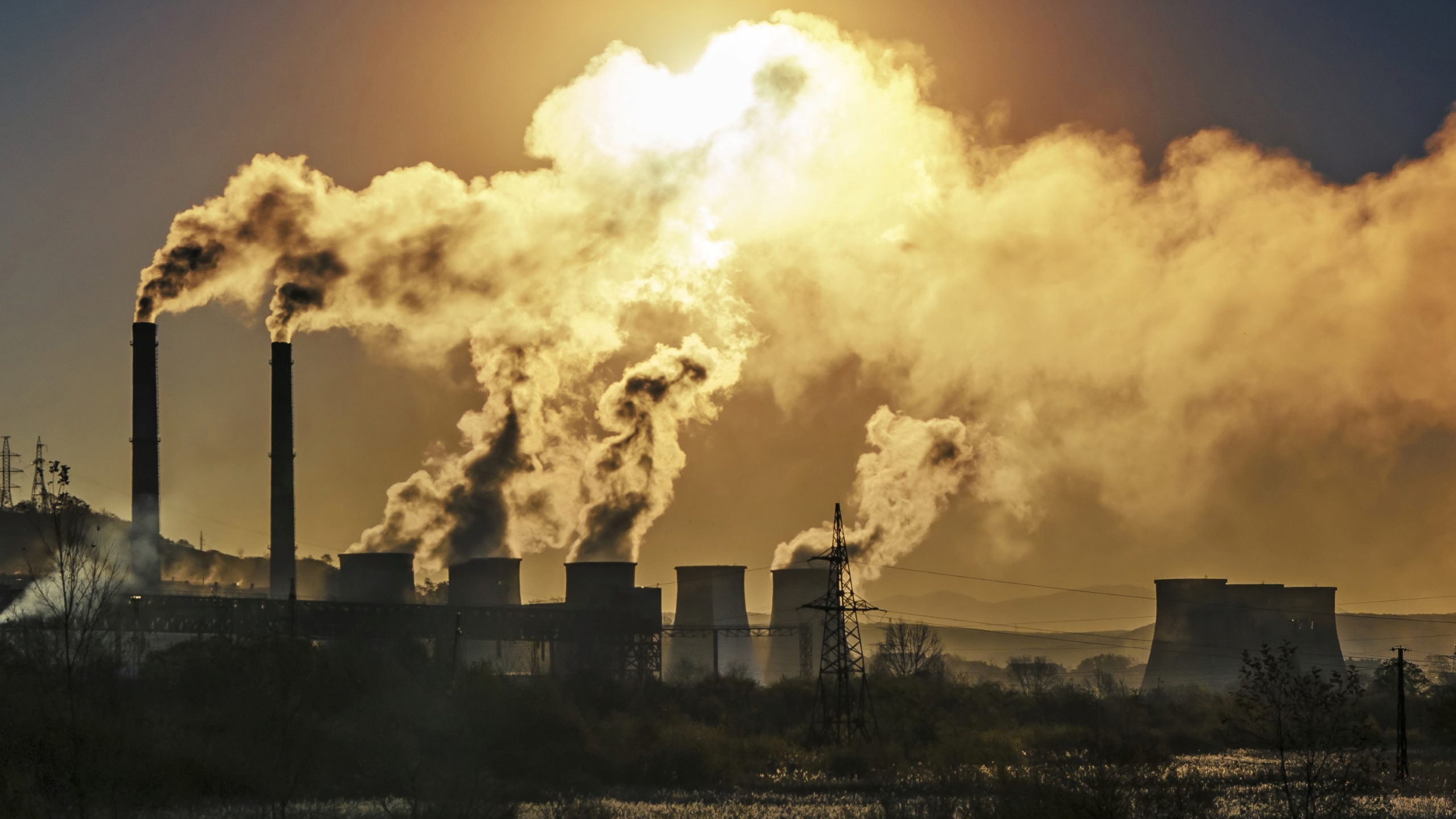



Greenhouse Gases Causes Sources And Environmental Effects Live Science



1




Greenhouse Gas An Overview Sciencedirect Topics




Greenhouse Effect 101 Nrdc



Carbon Dioxide In The Atmosphere




Homebiogas Methane Gas Is Produced From Decaying Organic Matter Its The 2nd Most Abundant Greenhouse Gas In The Atmosphere But 25x More Potent Than Co2 Homebiogas Harnesses Utilizes Methane
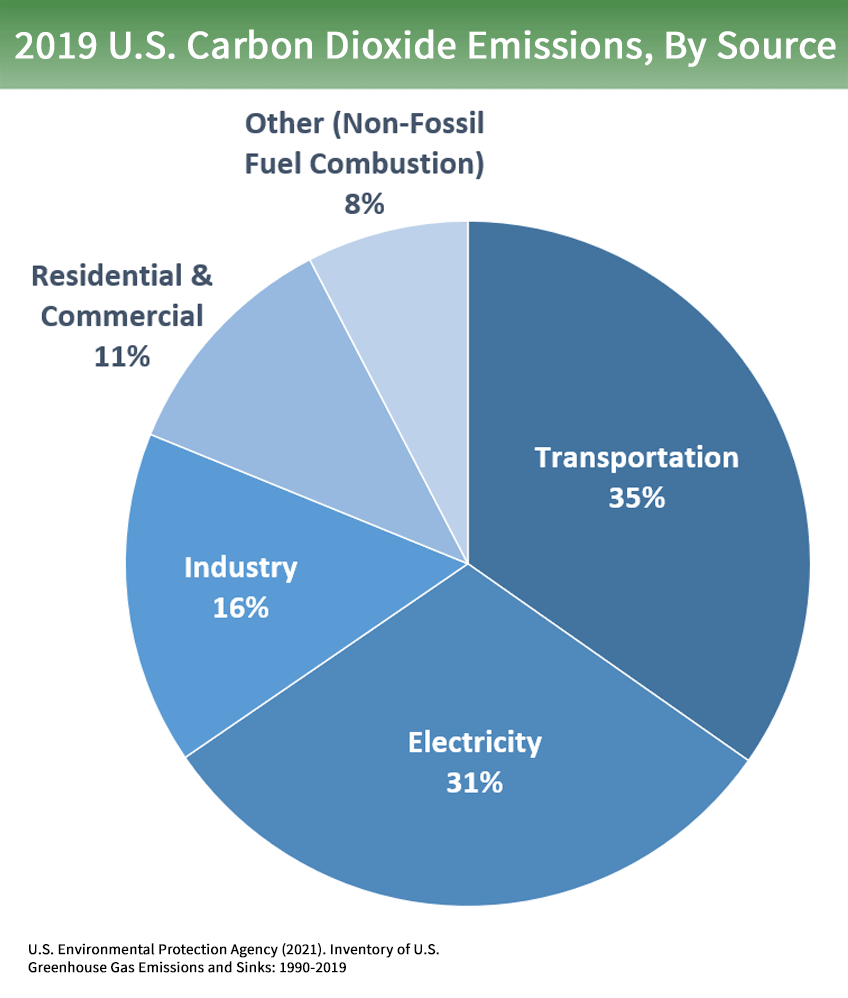



Overview Of Greenhouse Gases Us Epa



Greenhouse Gases And Temperature



Greenhouse Gases And Temperature




Greenhouse Gas Global Increase In Abundance 1750 19 Statista



Untitled Document
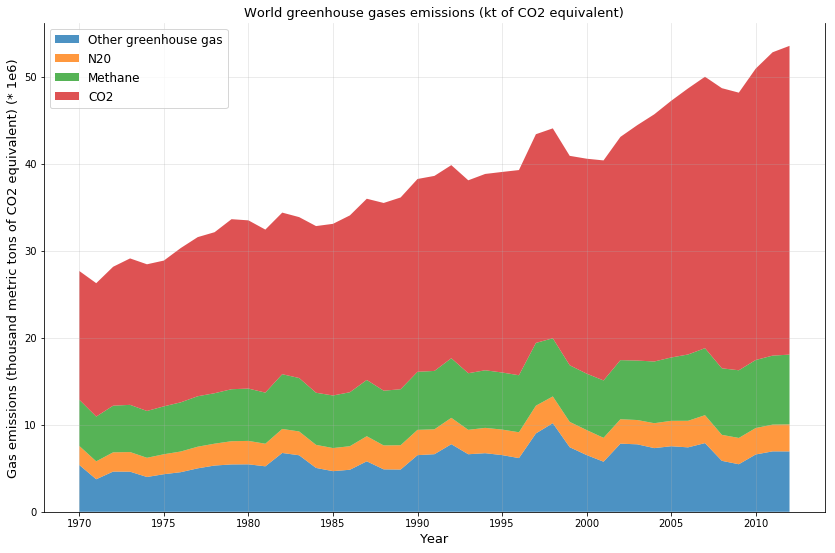



Climate Change Series 2 Co2 Emission Jingwen Zheng




Greenhouse Gases And The Atmosphere Science Learning Hub




Question 5 The Most Abundant Greenhouse Gas In Earth S Atmosphere Is Co2 H Vapor O N Homeworklib
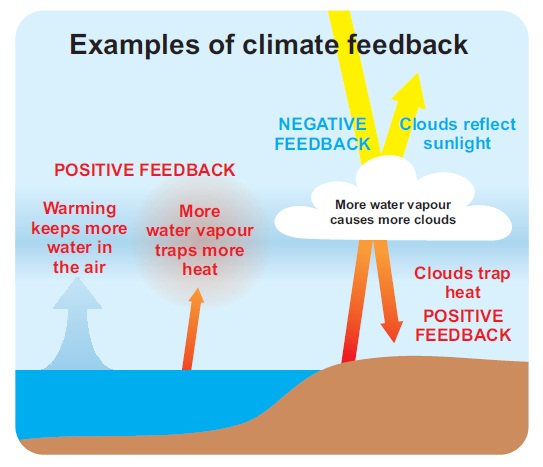



Eli Climate Change Learner Materials Greenhouse Gases



Greenhouse Gases Caro




What Is A Greenhouse Gas 360training




Faq 2 1 Ar4 Wgi Chapter 2 Changes In Atmospheric Constituents And In Radiative Forcing




Sf6 Worries The Most Potent And Persistent Greenhouse Gas Advanced Science News




Overview Of Greenhouse Gases Us Epa




Solved Question 33 1 Pts The Most Abundant Greenhouse Gas In Chegg Com




The Greenhouse Effect Artis Energy




Greenhouse Gases Bioninja
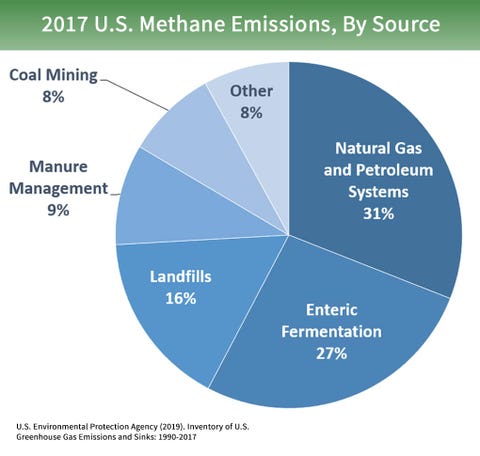



What Is Methane Methane Greenhouse Gas Facts




Gases In The Atmosphere Universe Today
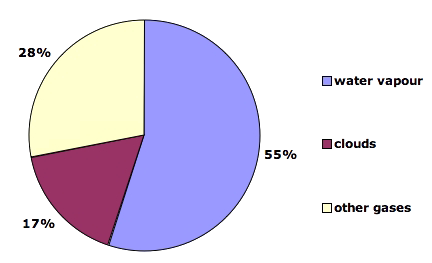



What Gases Are Greenhouse Gases Jean Marc Jancovici




Greenhouse Effect 101 Nrdc




The Greenhouse Effect And Greenhouse Gasses




Why There S More Greenhouse Gas In The Atmosphere Than You May Have Realised



Tue Jan Notes




Questions And Answers Ozone Secretariat




Abundance And Lifetime Of Ghgs In The Atmosphere Download Table




Abundance Sources And Lifetime Of Selected Greenhouse Gases In The Download Scientific Diagram



What Is A Global Warming Potential And Which One Do I Use Ghg And Carbon Accounting Auditing Management Training Greenhouse Gas Management Institute


